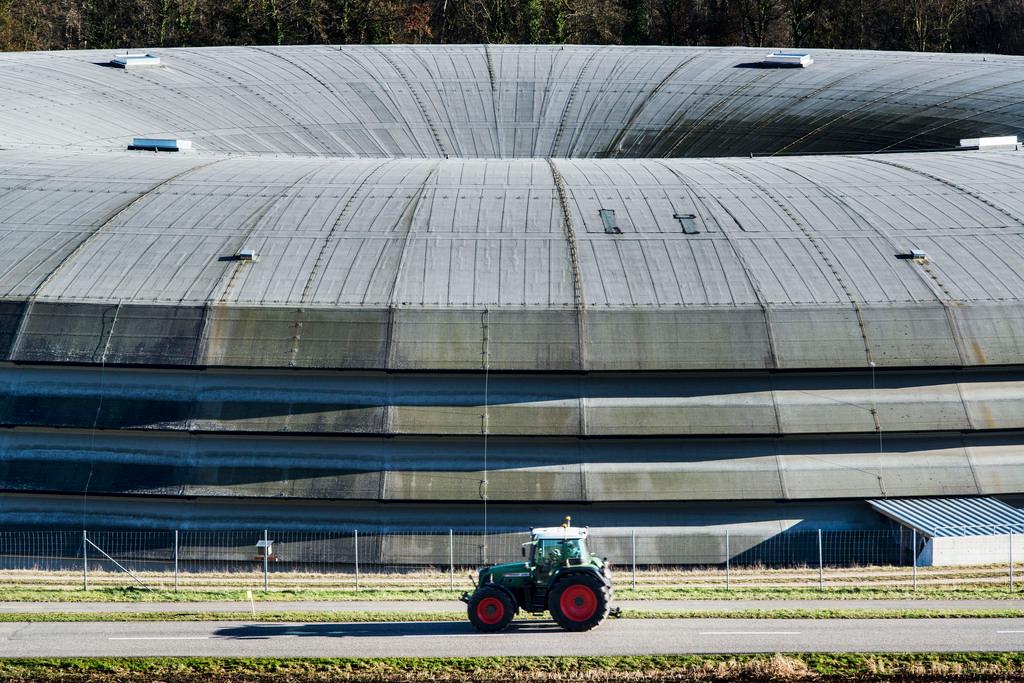
Swiss plutonium never meant for bomb making

A northern Swiss research facility stored a secret stash of plutonium in a form that would have been difficult to use to make bombs, the government has acknowledged.
The Swiss cabinet, in answer to questions from the House of Representatives, disclosed that the plutonium stored for decades at the Paul Scherrer Institute was in a powder form with less than the needed concentration of plutonium-239, the primary fissile isotope used for the production of nuclear weapons.
Specifically, the cabinet said the material held less than 92% plutonium-239. Plutonium from disassembled nuclear weapons is weapons-grade when it is at least 92% plutonium-239, which is also one of the three main isotopes used as fuel in thermal spectrum nuclear reactors.
However, the cabinet made clear that the 20 kilograms of separated plutonium would not have been used for bomb making and it would have taken a “massive technical effort” to do so. Its primary use was to help develop new fuel types for nuclear power plants.
Since the beginning of the year, authorities have transported the plutonium under tight security out of Switzerland’s largest research institute for natural and engineering sciences, located in Villigen, and on to the United States.
The US National Nuclear Security Administration (NNSA) said it collaborated to move the material with the Swiss ministry for economics, education and research, and the Federal Office of Energy.
It said the plutonium, meant for research and development of new-generation fuel elements for nuclear reactor plants, belonged to the Swiss government while it was securely stored for several decades under International Atomic Energy Agency (IAEA) safeguards at the Paul Scherrer Institute.
Non-proliferation
Switzerland’s Federal Nuclear Safety Inspectorate approved the licences to ensure safe and secure packaging and shipment of the material, while Britain’s International Nuclear Services provided secure transport of the material from Europe to the United States.
The US and Swiss teams “overcame several technical challenges, including the design, construction and qualification of new gloveboxes for plutonium packaging; the development of processes for stabilisation and characterisation of materials for safe transport; training and certification of personnel for specialised packaging operations; and validation of packages for the plutonium transport”, it said.
“We applaud Switzerland’s role as a global leader in non-proliferation,” said NNSA Deputy Administrator Anne Harrington in a statement. “Through this cooperative effort Switzerland has eliminated all the separated plutonium from its country, which supports international goals of consolidating and minimising inventories of nuclear material.”
The NNSA said the US-Swiss plutonium removal project was “an example of the important non-proliferation mission of NNSA and an accomplishment for risk reduction” that would be highlighted at a nuclear security summit in Washington this month.

In compliance with the JTI standards
More: SWI swissinfo.ch certified by the Journalism Trust Initiative

























You can find an overview of ongoing debates with our journalists here . Please join us!
If you want to start a conversation about a topic raised in this article or want to report factual errors, email us at english@swissinfo.ch.